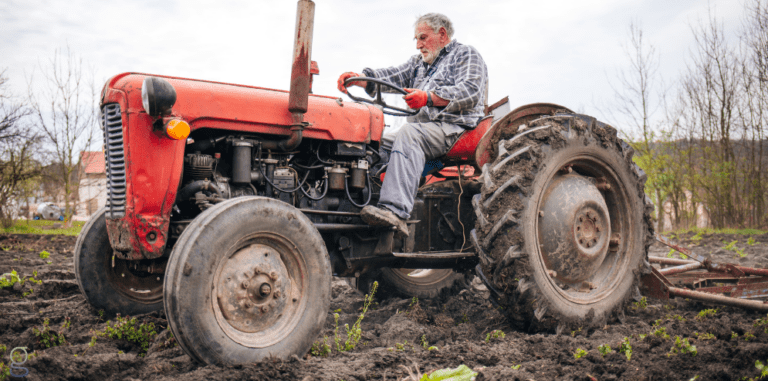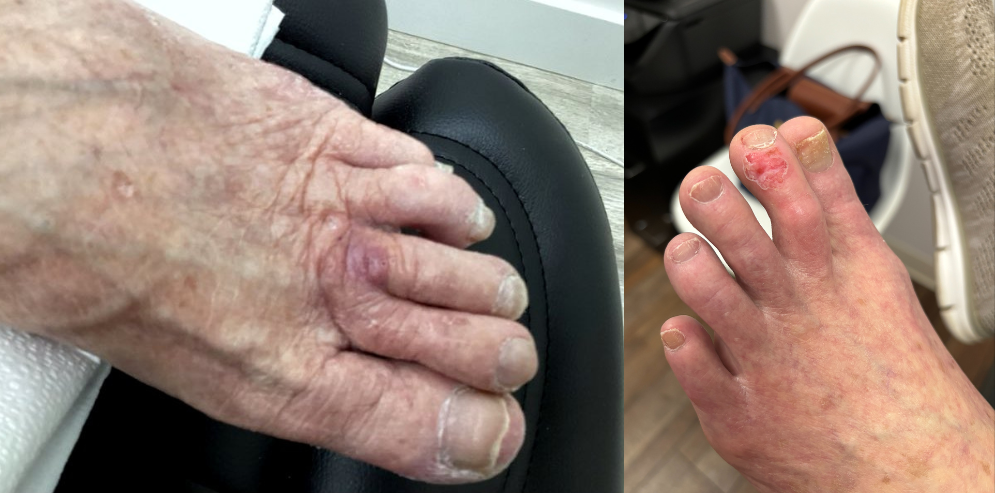
The different levels of skin cancer are most commonly referred to as “stages.” Healthcare providers use the skin cancer stages to describe the location and severity of the skin cancer in question, indicating if or how it has spread to other parts of the body. If you’ve recently received a skin cancer diagnosis, you might be wondering about which treatment options are right for you. Understanding the different levels of skin cancer can help you have a more informed conversation with your dermatologist.
Basal and squamous cell skin cancers are the most common forms of the disease, and each type may progress through five stages: stage 0 and stages I – IV. Skin cancer is highly treatable when caught in the early stages, and the importance of regular professional screenings cannot be overstated. We’ll provide more details on each stage in the guide below.
Skin Cancer at Stage 0
At this stage, your skin cancer may be described as “in situ.” In stage 0, the cancer cells are found only in the topmost layers of skin. The cancer has not spread to the local lymph nodes or to any other parts of the body.
Skin Cancer at Stage I
In this stage, the cancerous area is no larger than 2 cm wide. The cancer has not spread to the local lymph nodes or any other parts of the body.
Skin Cancer at Stage II
- Stage IIA: The cancerous area is larger than 2 cm wide. The cancer has not spread to the local lymph nodes or any other parts of the body.
- Stage IIB: The cancer has grown into nearby muscles, cartilage, or bone, but has not spread to the local lymph nodes or any distant parts of the body.
Skin Cancer at Stage III
- Stage IIIA: The cancerous area can be any size, has spread to the local lymph nodes, and may have grown into nearby tissues, but has not spread to any other parts of the body. Even if no growing skin cancer area can be detected in another part of the body, cancer may have been found in local lymph nodes during an exam.
- Stage IIIB: The cancerous area can be any size and may have grown into nearby tissues. The cancer has spread to the local lymph nodes, or to a new area of skin on the way to a lymph node – this is called “in-transit metastasis.”
Skin Cancer at Stage IV
The cancerous area has spread to other parts of the body, such as the liver, lung, bone, or brain.
Learn About Your Treatment Options
Skin cancer that has progressed to the higher stages may require more aggressive forms of treatment, but most people who receive a skin cancer diagnosis will have multiple treatment options to consider. Image-Guided SRT is an alternative to Mohs surgery that carries no risk of scarring, and is more than 99% effective in curing basal and squamous cell skin cancers.
Ultimately, your decision to pursue Image-Guided SRT is one that you should discuss with your healthcare provider. However, you can learn more today by exploring our Image-Guided SRT FAQ or contacting us directly at 855-936-4411. You can also explore our blog for more information.








